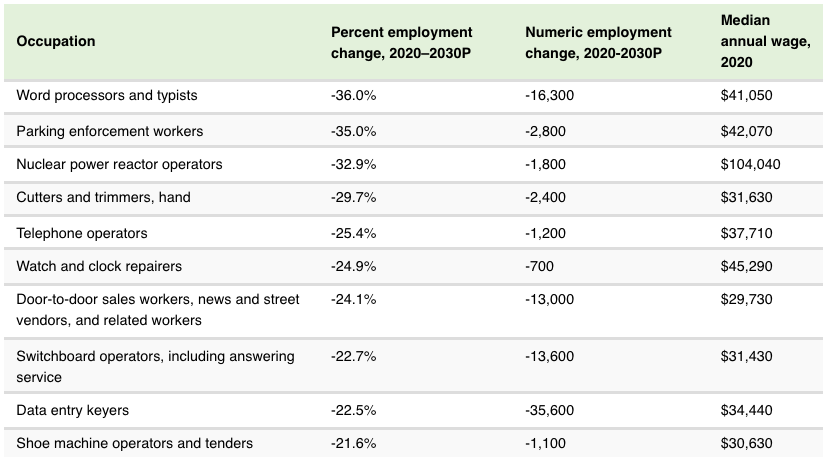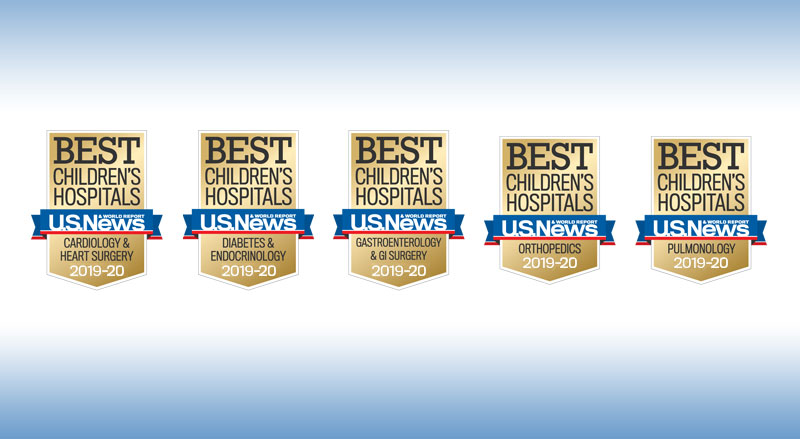
Children's hospitals offer many health services for children. These services include hospitalizations and medical and surgical treatments. They are vital in providing care for children who are unable or unwilling to seek treatment in other settings. Additionally, children's hospitals can be affiliated with medical research centres and universities. These institutions might provide funding. This may affect the cost of a visit. Cost of a visit can be affected by the type and size of facilities, as well as the services provided.
It is important to know the cost of pediatric hospital services before making a decision. The entire cost of a visit will be charged to the patient if the hospital has not been included in the insurance network. The child may be able get a discount if they have health insurance. Families should also check with their insurance provider about their coverage and out of pocket costs.
Prices can vary depending on which services were performed, what insurance is used, and other factors. Hospital charges may change depending upon the medical condition of the patient and the willingness of the insurer to pay for certain procedures. Out-of-pocket expenses are not covered by hospitals.

A family may be able to get a discounted price on inpatient or outpatient care. Nicklaus Children's Hospital has a special pricing structure that is available to uninsured patients. The Price Estimator tool can be used to assist families in calculating costs.
You should also consider the level and quality of the services offered when determining the price of a visit to a children's hospital. Children's hospitals often have a variety of support staff, including nurses and doctors who are specialists in their field. For example, the Family Services Team includes social workers, chaplains, creative arts therapists, and others who are dedicated to the needs of the entire family.
Pediatric care requires longer recovery times, so a higher nurse/patient ratio is required. Pediatric hospitals have different requirements than adults hospitals. This includes special equipment for children. The cost of a visit to an adult hospital will be indicated by the CPT code. While these codes can be used to get an idea of the cost of a particular procedure, they are not always accurate.
In addition, a hospital's charge may not include professional services that are not included in its pricing estimates. Doctor fees, deductibles and other professional services are all examples of charges that may not be included in the hospital's bill.

The final bill for pediatric hospital visits will depend on several factors like the patient's health, their complications, and whether or not the insurance company covers them. However, the hospital's standard charges will often be included in the total hospital costs.
The Driscoll Children's Hospital has a website where you can find a general idea of the costs of a hospital's services. The prices displayed on the website can't be guaranteed, but they conform to Centers for Medicare and Medicaid Services price transparency requirements.
FAQ
How can I become a creative professional in the field of health?
There are many ways to be a creative health professional. Some people start their careers as students while others work in engineering or business.
Some individuals choose to learn a course about a specific topic. Others choose to enroll in an elective course that explores diverse perspectives on health care and health.
No matter what pathway you choose, there are many ways to learn about topics in health and healthcare. These include readings, group discussions and assignments as well lectures. You may also attend workshops, conferences, and seminars.
The program will equip you with the knowledge and skills you need to interact with clients, colleagues, or patients in any capacity within the health sector.
You may even pursue a doctorate.
What is the difference between the health system and health care services?
Health systems encompass more than just healthcare services. They include all aspects of what happens within the overall context of people's lives - including education, employment, social security, housing, etc.
Healthcare services, on the other hand, focus on delivering medical treatment for specific conditions such as cancer, diabetes, mental illness, etc.
They can also refer to the provision generalist primary healthcare services by community-based doctors working under the direction and supervision of an NHS hospital trust.
What is an infectious disease?
An infectious disease is caused either by bacteria, viruses, parasites or both. Infectious diseases are spread quickly by close contact. Mumps, rubella (German Measles), whooping cough, rubella (German Measles), measles and mumps are some examples.
Statistics
- Foreign investment in hospitals—up to 70% ownership- has been encouraged as an incentive for privatization. (en.wikipedia.org)
- Over the first twenty-five years of this transformation, government contributions to healthcare expenditures have dropped from 36% to 15%, with the burden of managing this decrease falling largely on patients. (en.wikipedia.org)
- About 14 percent of Americans have chronic kidney disease. (rasmussen.edu)
- The health share of the Gross domestic product (GDP) is expected to continue its upward trend, reaching 19.9 percent of GDP by 2025. (en.wikipedia.org)
- Price Increases, Aging Push Sector To 20 Percent Of Economy". (en.wikipedia.org)
External Links
How To
What are the four Health Systems?
The healthcare system is complex and includes many organizations, such as hospitals, clinics. pharmaceutical companies. insurance providers. government agencies. public health officials.
The goal of this infographic was to provide information to people interested in understanding the US health care system.
Here are some key points:
-
Healthcare spending is $2 trillion annually, representing 17% of the GDP. This is nearly twice the amount of the entire defense spending budget.
-
Medical inflation reached 6.6% in 2015, which is more than any other consumer group.
-
Americans spend 9% on average for their health expenses.
-
As of 2014, there were over 300 million uninsured Americans.
-
Although the Affordable Health Care Act (ACA), has been approved by Congress, it hasn't yet been fully implemented. There are still large gaps in coverage.
-
A majority of Americans believe the ACA should be maintained.
-
The United States spends more on healthcare than any other country.
-
Affordable healthcare would mean that every American has access to it. The annual cost would be $2.8 trillion.
-
Medicare, Medicaid, as well as private insurers, cover 56% all healthcare expenditures.
-
These are the top three reasons people don’t get insured: Not being able afford it ($25B), not having enough spare time to find insurance ($16.4B), and not knowing anything ($14.7B).
-
HMO (health care maintenance organization) is one type of plan. PPO (preferred provider organizational) is another.
-
Private insurance covers the majority of services including doctors, dentists and prescriptions.
-
The public programs include hospitalization, outpatient surgery and nursing homes. They also cover long-term care and hospice care.
-
Medicare is a federal program that provides senior citizens with health coverage. It covers hospital stays, skilled nursing facilities stays, and home care visits.
-
Medicaid is a federal-state program that provides financial aid to low-income families and individuals who earn too little to be eligible for other benefits.